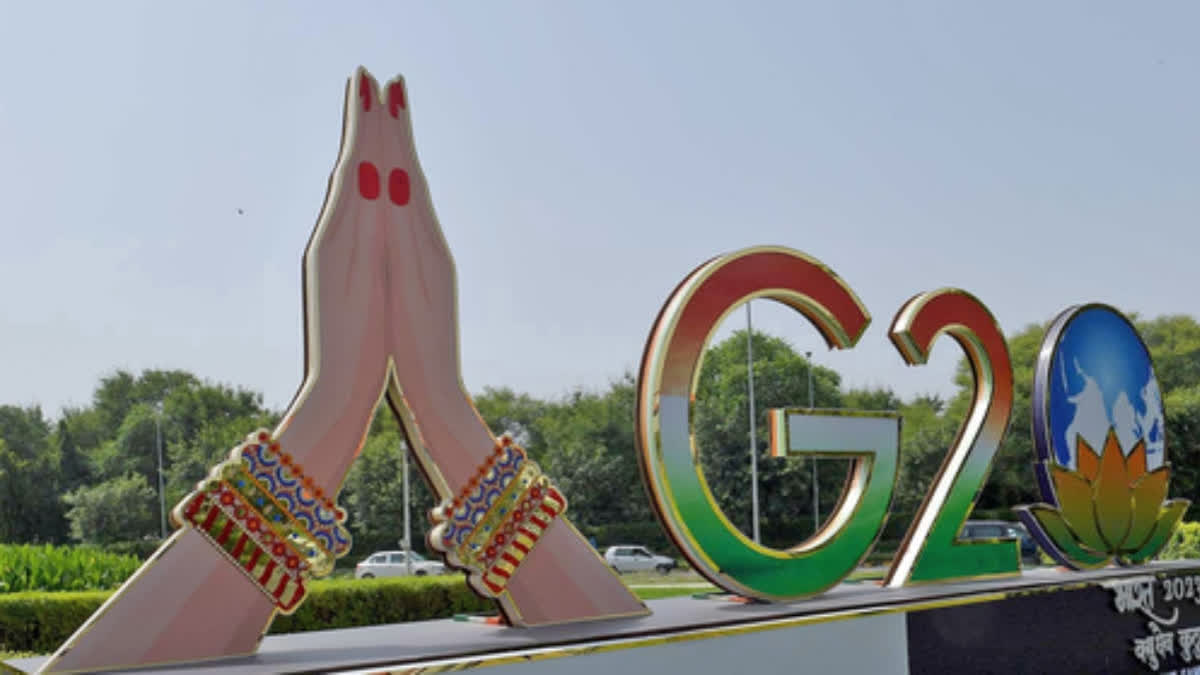New Delhi: In a comprehensive report presented to the G20 Global Partnership for Financial Inclusion, the World Bank has hailed India's remarkable progress in the realm of Digital Public Infrastructure (DPI). The report applauds the transformative impact of DPIs in India over the past decade, particularly under the leadership of the Modi government. These digital initiatives have not only revolutionized financial inclusion but have also greatly improved economic efficiency, setting a global benchmark for innovative governance and digital transformation.
The G20 report extensively highlights the ground-breaking measures implemented by the Modi government and underscores the pivotal role of government policy and regulation in shaping the DPI landscape. India's journey towards achieving financial inclusion at a staggering pace is a testament to the power of digital infrastructure combined with effective governance.
Financial Inclusion: A Remarkable Leap
India's Digital Public Infrastructure approach has been nothing short of revolutionary. The World Bank document notes that India achieved in just six years what would have typically taken around five decades. A significant contributor to this success story is the JAM Trinity, which propelled the financial inclusion rate from a mere 25% in 2008 to over 80% of adults in the last six years. This journey was shortened by up to 47 years, primarily thanks to the implementation of DPIs.
The report explicitly acknowledges, "While DPIs' role in this leapfrogging is undoubtable, other ecosystem variables and policies that build on the availability of DPIs were critical. These included interventions to create a more enabling legal and regulatory framework, national policies to expand account ownership, and leveraging Aadhaar for identity verification."
One of the most significant milestones in this journey is the Pradhan Mantri Jan Dhan Yojana (PMJDY). Since its inception, the number of PMJDY accounts opened has tripled, growing from 147.2 million in March 2015 to a staggering 462 million by June 2022. Notably, women own 56% of these accounts, exceeding 260 million.
Furthermore, the Jan Dhan Plus program has encouraged low-income women to save, resulting in over 12 million women customers as of April 2023. In just five months, there has been a 50% increase in average balances among these accounts, reflecting the positive impact of these initiatives. It is estimated that by engaging 100 million low-income women in savings activities, public sector banks in India could attract approximately Rs 25,000 crore ($3.1 billion) in deposits.
Government to Person (G2P) Payments: A Digital Triumph
Over the past decade, India has built one of the world's largest digital Government-to-person (G2P) architectures by leveraging DPI. This innovative approach has facilitated transfers amounting to about $361 billion directly to beneficiaries from 53 central government ministries through 312 key schemes. As of March 2022, this has resulted in a total savings of $33 billion, equivalent to nearly 1.14 per cent of India's GDP.
UPI: A Digital Payment Revolution
The Unified Payments Interface (UPI) in India has witnessed astounding growth. In May 2023 alone, more than 9.41 billion transactions were recorded, with a total value of about Rs 14.89 trillion. For the fiscal year 2022-23, the total value of UPI transactions accounted for nearly 50% of India's nominal GDP. This showcases the widespread adoption of digital payment solutions, further fueled by the Digital Public Infrastructure.
DPIs' Potential Added Value for the Private Sector
